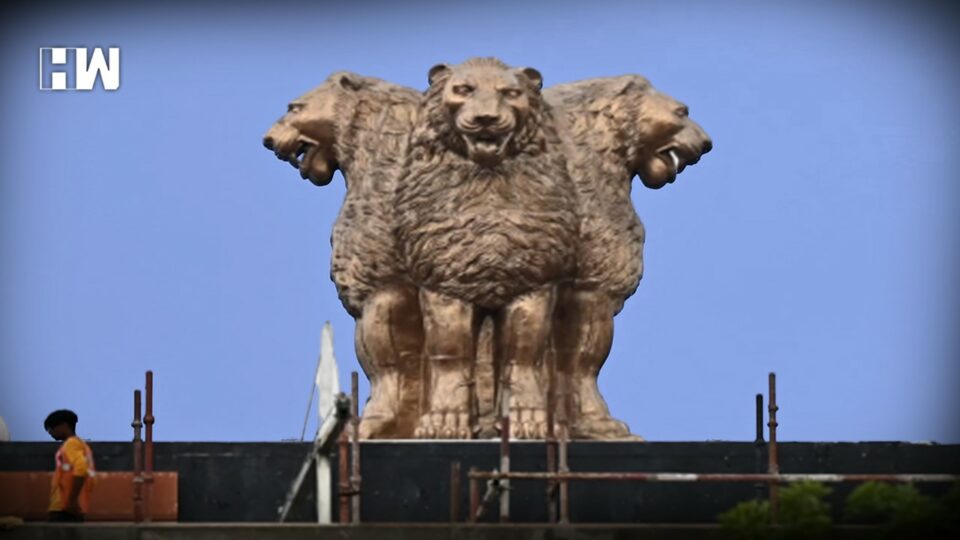Adani Group to set up a plant for manufacturing PVC from coal in Mundra ,Gujarat. fr which it approached SBI.
Mumbai: Adani Group has approached the SBI for Rs.14000 Crores loan to build its news plant in Gujarat’s Mundra with a plan to manufacture PVC(Polyvinyl Chloride) from coal and the total cost of the whole project is expected to be around Rs 19,000 crore, as per a report by Mint.
The demand for the PVC plant comes after Adani Group secured a loan worth Rs 6,071 crore on June 26 for a new copper refinery in Mundra. It was secured by one of the group’s subsidiaries, Kutch Copper Limited.
In March, SBI’s Gautam Adani-led group also secured a loan of Rs 12,770 crore for a greenfield international airport project in Navi Mumbai. The loan was issued by Navi Mumbai International Airport Pvt Ltd (NMIAL), another subsidiary of the group.
Also Read: Get Ready For Ambani Vs Adani As 5G Spectrum Auction Begins Tomorrow
The loan was then guaranteed by SBI and sold to other lenders. Similarly, the bank is also planning to come up with a plan to secure the PVC plant loan in the future and keep only Rs 5,000 crore out of the total loan amount. Other lenders will also review the loan proposal to see if they could take on some exposure.
The facility is said to be part of Adani Group’s plans to develop a petrochemical cluster in Mundra with a production capacity of 2,000 kilotonnes per year (KTPA) and manufacture products such as emulsion PVC, suspension PVC and chlorinated PVC.
The company had indicated in its 2021-22 annual report that a total capacity of 2 million tonnes of PVC will be gradually developed at Mundra. The 2,000 KTPA project will be completed in the first phase and is expected to be operational by 2024.
As an independent media platform, we do not take advertisements from governments and corporate houses. It is you, our readers, who have supported us on our journey to do honest and unbiased journalism. Please contribute, so that we can continue to do the same in future.


